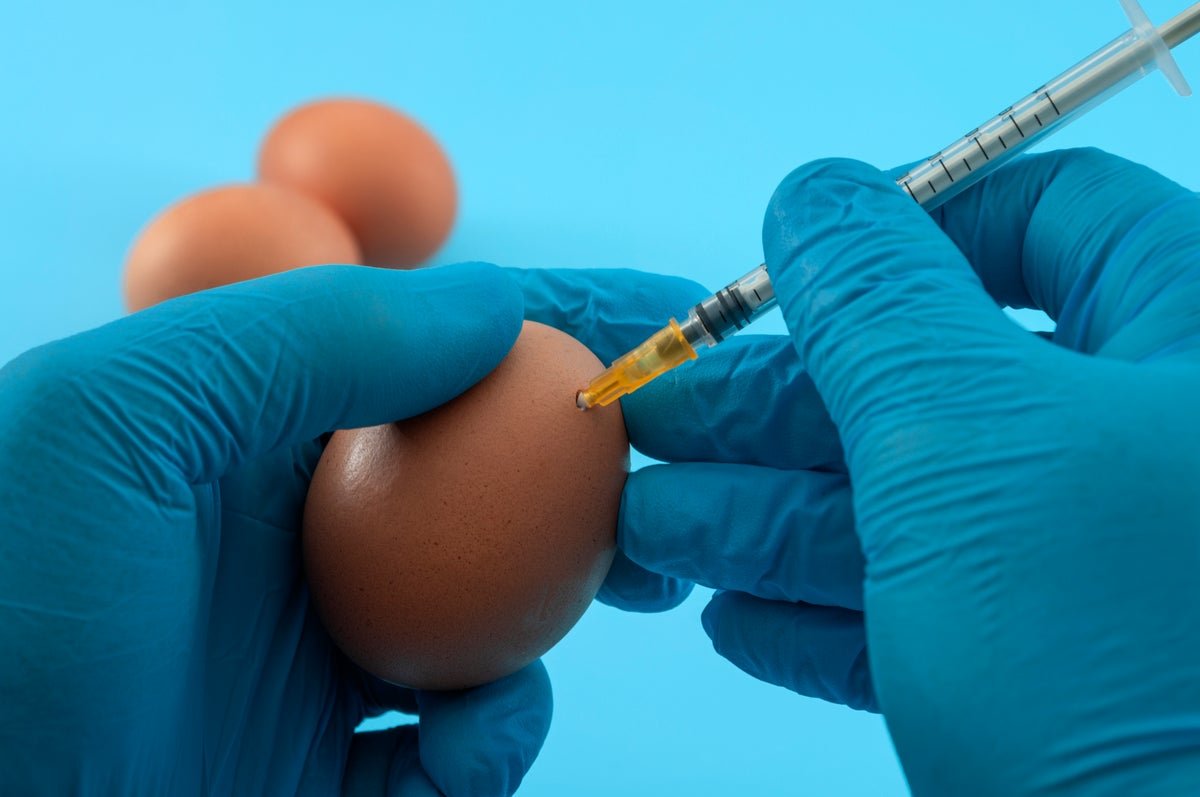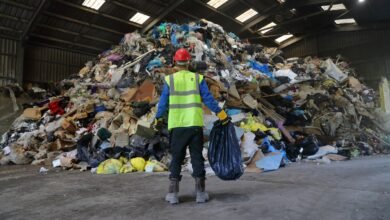
How Are Annual Flu Vaccines Made?
Immunologist Zachary Rubin explains how the World Health Organization decides which strains of influenza end up in annual flu vaccines.

This video is part of “Innovations In: RSV,” an editorially independent special report that was produced with financial support from MSD, Sanofi and AstraZeneca.
On supporting science journalism
If you’re enjoying this article, consider supporting our award-winning journalism by subscribing. By purchasing a subscription you are helping to ensure the future of impactful stories about the discoveries and ideas shaping our world today.
Zachary Rubin: Did you know your flu shot was designed more than six months ago? Yeah—before the first cough, before cold weather hits, scientists around the world are already working to get ahead of the virus. Here’s how it works.
Twice a year the World Health Organization convenes global experts to review flu surveillance data. They look at which influenza strains are spreading during the Southern Hemisphere’s winter—in places like Australia, Chile and South Africa—and use that data to predict what strains will likely dominate in the Northern Hemisphere’s flu season. They recommend three to four strains to include in the annual flu vaccine, and that decision happens months before the vaccines ever reach your pharmacy.
Once the strains are selected, manufacturers get to work. Most flu vaccines in the U.S. are still egg-based, meaning the virus is actually grown inside fertilized chicken eggs. The virus is then harvested, inactivated, purified and formulated into a vaccine.
But newer methods are changing the game. Cell-based vaccines grow viruses in animal cells, not eggs. And recombinant vaccines skip the virus-growing step entirely—they use genetic engineering to quickly produce proteins that prime your immune system without needing the full flu virus. These newer methods are faster, may offer more precision and don’t require millions of chicken eggs every year.
Even in years when it’s not a perfect match, the flu vaccine still prevents millions of illnesses and thousands of hospitalizations and deaths. And because the flu spreads before symptoms even show up, protecting yourself helps protect your whole community.
It’s Time to Stand Up for Science
If you enjoyed this article, I’d like to ask for your support. Scientific American has served as an advocate for science and industry for 180 years, and right now may be the most critical moment in that two-century history.
I’ve been a Scientific American subscriber since I was 12 years old, and it helped shape the way I look at the world. SciAm always educates and delights me, and inspires a sense of awe for our vast, beautiful universe. I hope it does that for you, too.
If you subscribe to Scientific American, you help ensure that our coverage is centered on meaningful research and discovery; that we have the resources to report on the decisions that threaten labs across the U.S.; and that we support both budding and working scientists at a time when the value of science itself too often goes unrecognized.
In return, you get essential news, captivating podcasts, brilliant infographics, can’t-miss newsletters, must-watch videos, challenging games, and the science world’s best writing and reporting. You can even gift someone a subscription.
There has never been a more important time for us to stand up and show why science matters. I hope you’ll support us in that mission.
Source link







